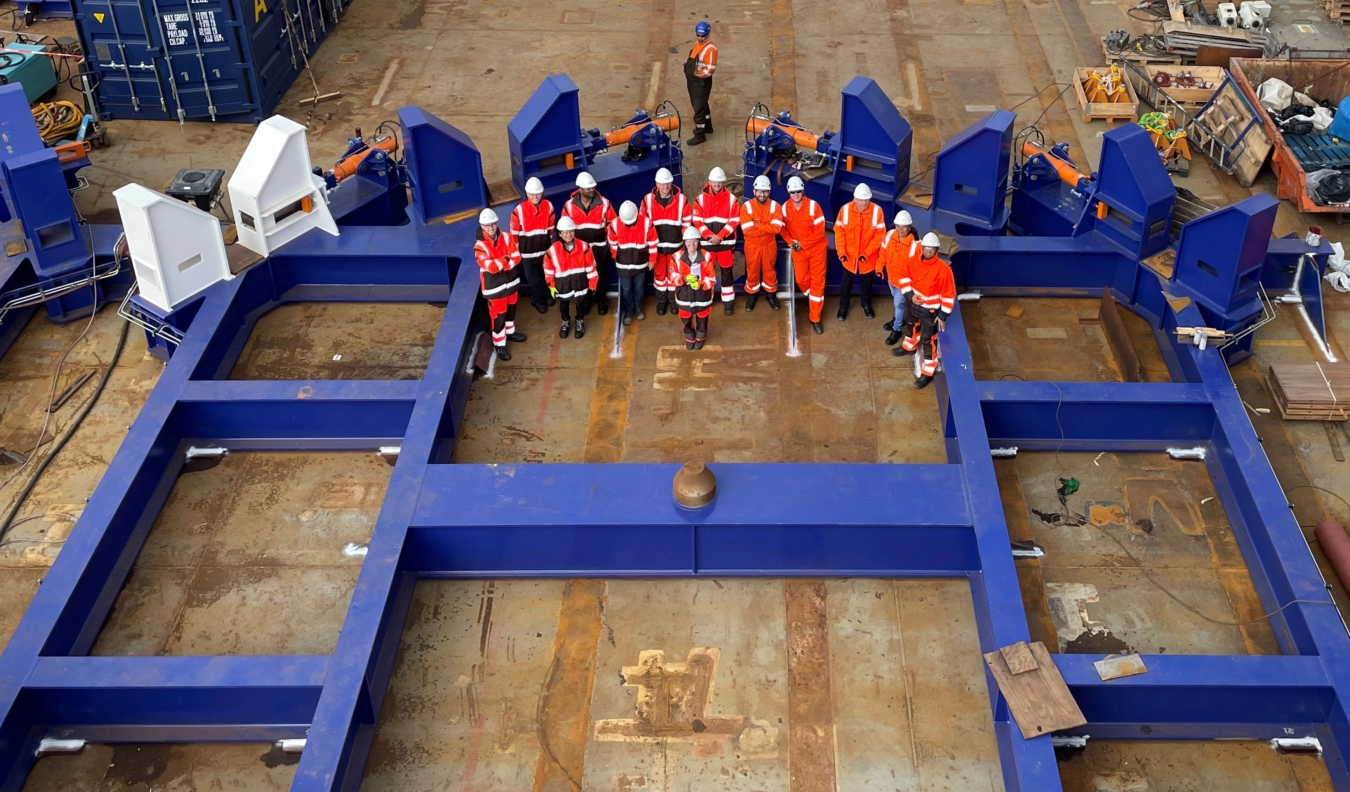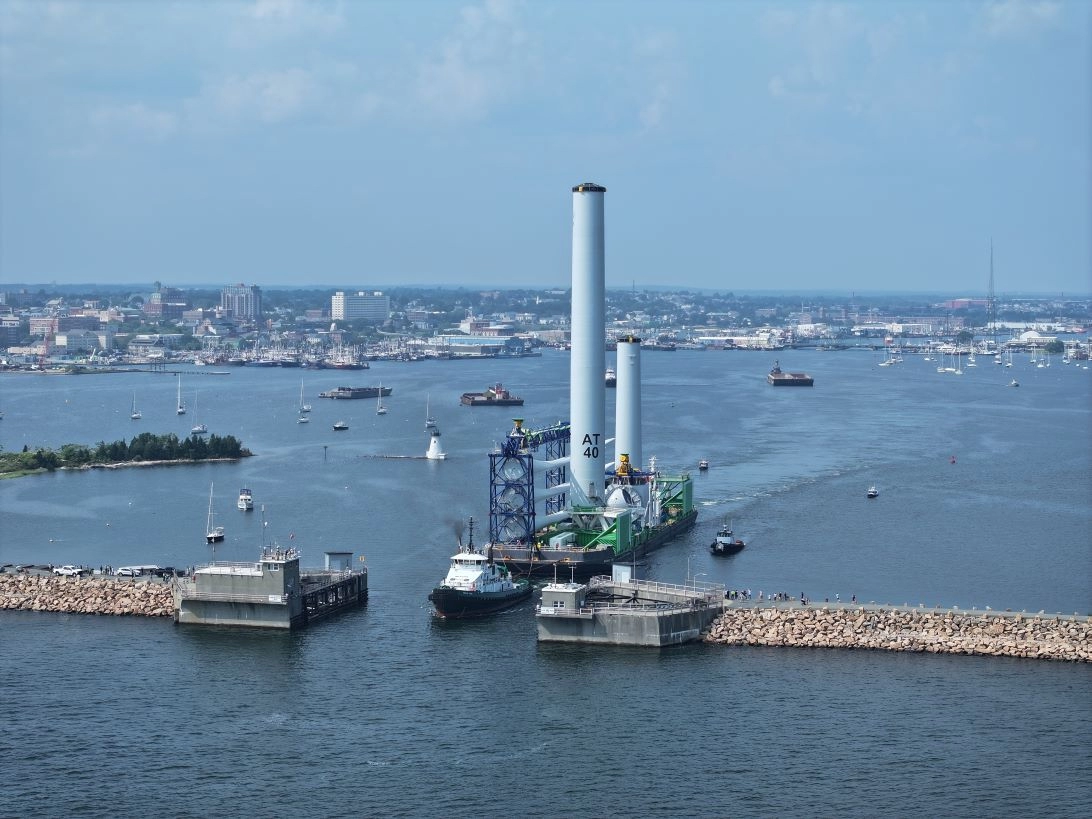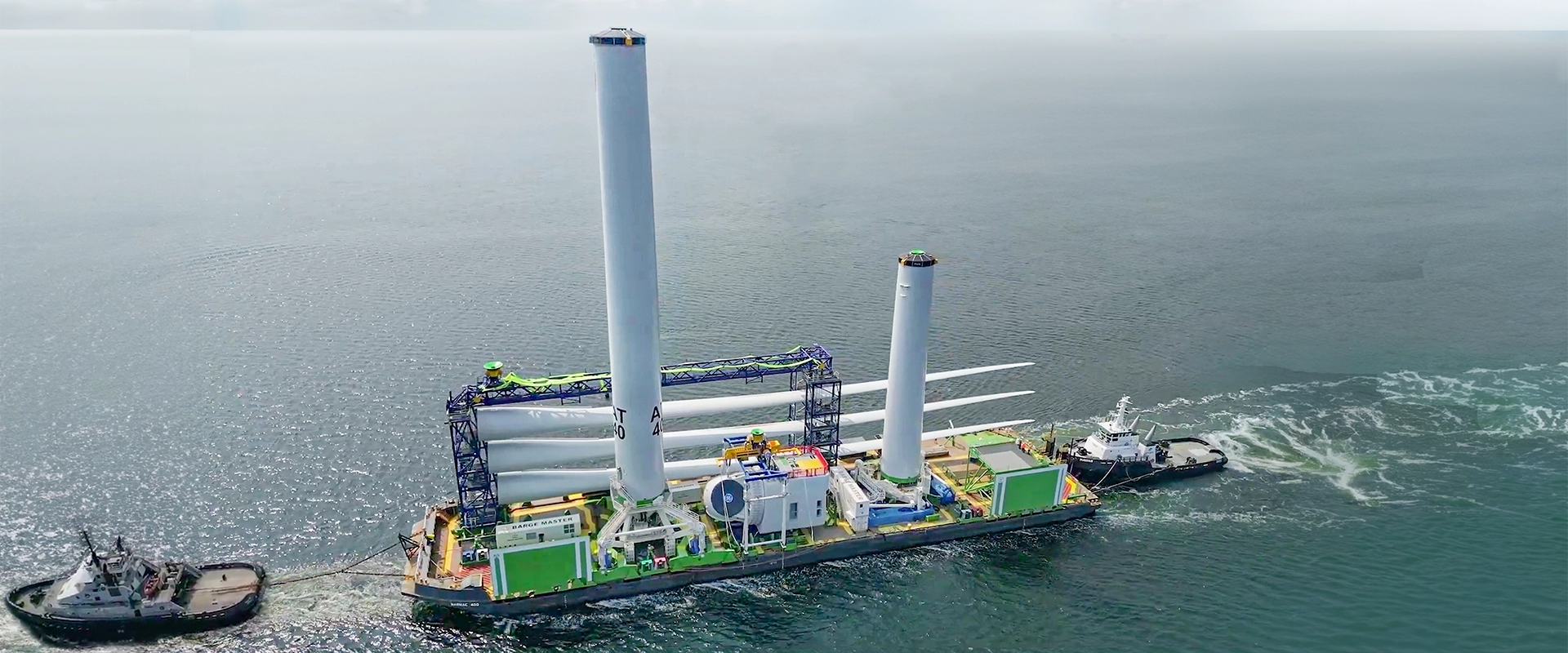
Wind Turbine Feedering
We ensure safe and efficient wind turbine feedering operations through method engineering and equipment design. Our solutions define the optimal feedering process and provide design solutions for the needed equipment.
Turbine feedering involves transporting wind turbine components, such as towers, nacelles, and blades, to the installation vessel by barge or supply vessel. This allows the larger, more expensive installation vessel to remain in-field, installing turbines. It’s also used in countries with protectionist legislation, like the United States with the Jones Act.
Optimized Deck Layout and Quick Release Systems
With our extensive experience in turbine installation, we help clients develop the best deck layouts for both feeder barges and installation vessels. Considering each operational step — load-out of the barge at the quayside, barge transit, offshore lifting of components from barge to installation vessel, and final installation of WTG components on the foundation — we ensure the deck layout is optimized for success at every stage. We have designed multiple solutions to ensure the safe lifting of components from the feeder barge to the installation vessel offshore. Our remotely controlled quick-release systems, incorporated into the seafastening designs for tower sections, nacelles, and blade racks, allow these components to be released and lifted within seconds — this prevents accidents and ensures the integrity of the components.
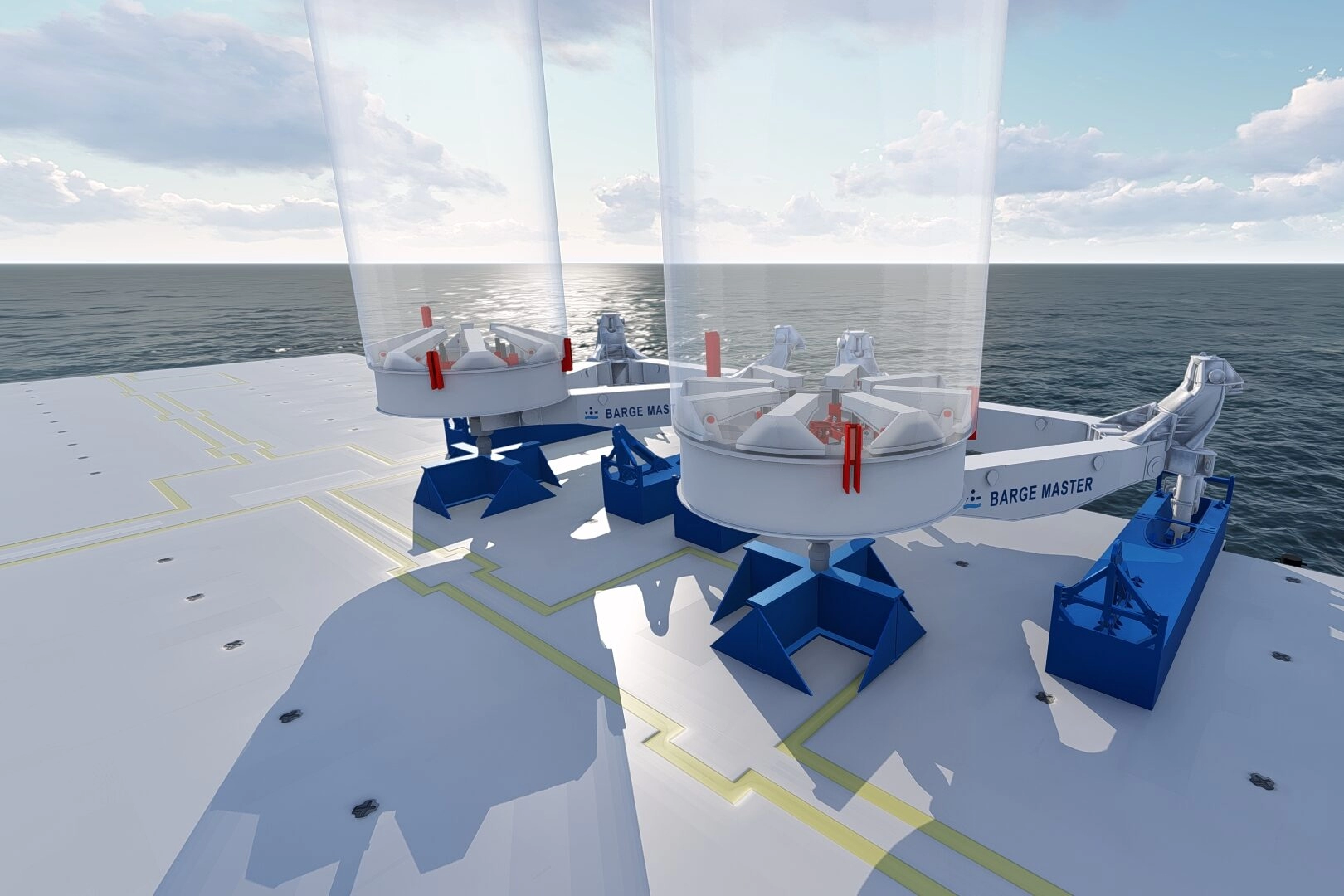
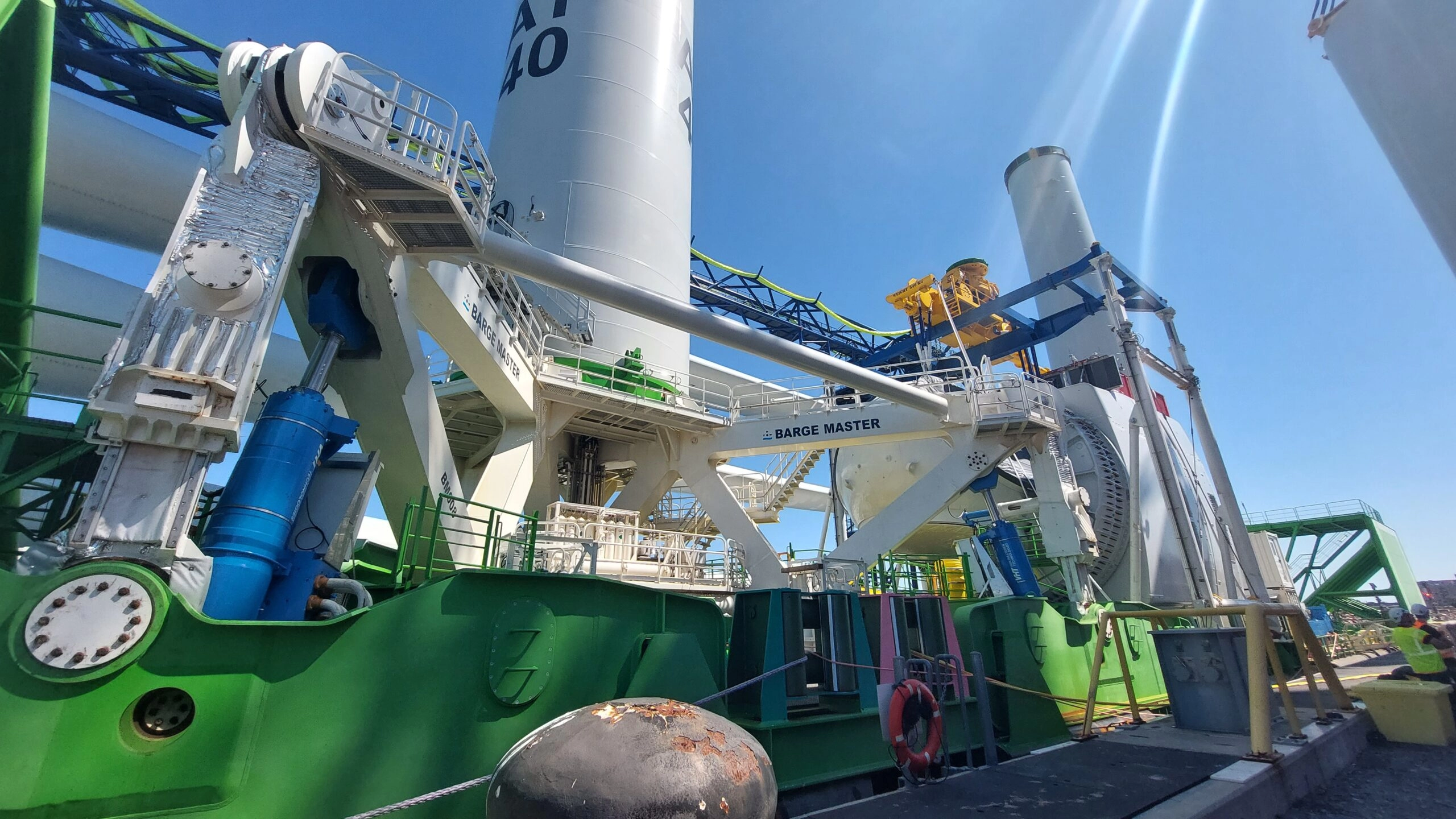
Motion Compensated Systems
The offshore transfer of wind turbine components — from the feeder barge to the installation vessel — is a crucial step in the feedering operation. To optimize this process, TWD collaborated with Barge Master to develop motion-compensated systems. For the Vineyard Wind 1 project, Barge Master provided two motion-compensated systems per barge. These systems act as seafastening during transit and provide motion compensation during the offshore lift, eliminating the motions of the vessel and turning deck space into a perfectly stable working area.
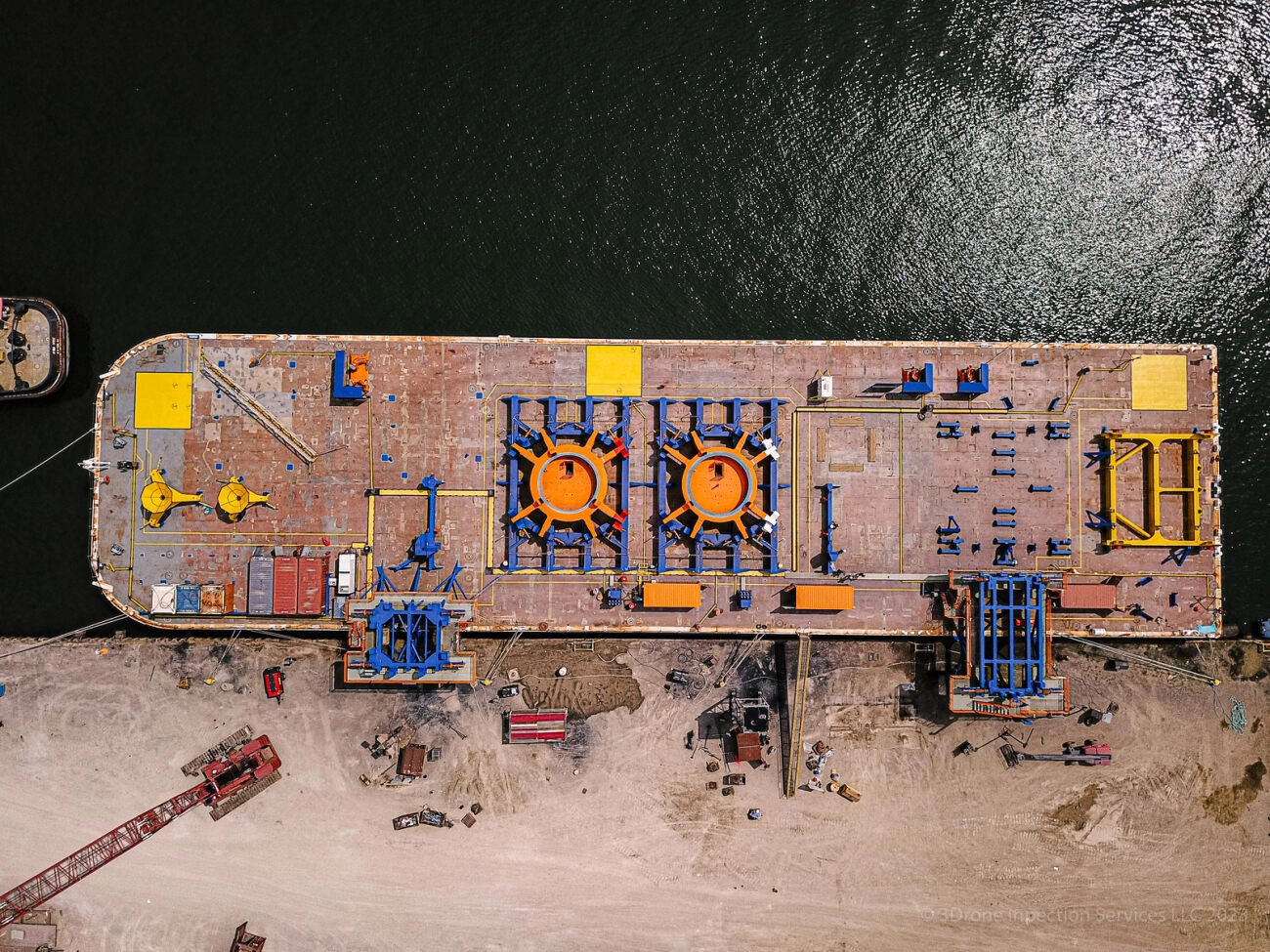
Mooring and Fender System
For the offshore transfer of turbine components from the feeder barge to the installation vessel, the barge must remain stationary and stable next to the installation vessel. This is achieved through a mooring and fender system that connects the two vessels. TWD has designed various fender solutions for feeder barges and installation vessels to efficiently distribute operational and impact loads. Additionally, our dedicated marine team can design and model mooring systems to control the barge’s movements precisely. Our expertise in both fender and mooring systems enables us to help clients design and optimize this crucial aspect of feedering operations.
Vessel Stability and Integrity
Turbine feedering is a relatively new approach to turbine installation — the vessels used for these operations were often not built for this purpose. This raises the challenge of ensuring the stability and integrity of the feeder, especially given the increasing size and weight of WTG components. TWD has an in-house team that investigates vessel integrity to identify weak points that may require reinforcement.
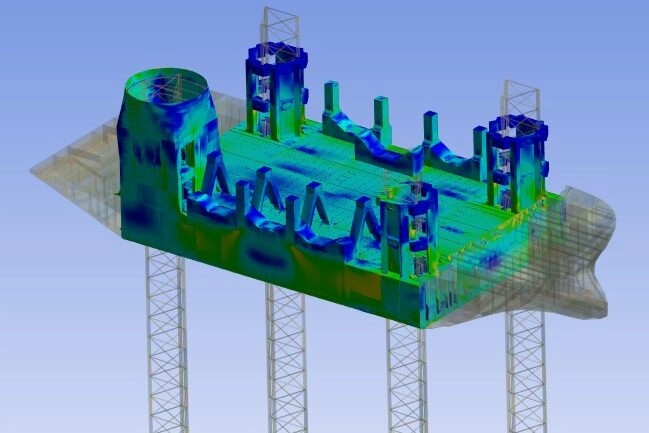
Happy to Assist with Your Next Challenge
TWD stands as a top engineering company, providing robust support for turbine feedering. Our multidisciplinary teams tackle market-specific challenges, delivering state-of-the-art solutions through method engineering and equipment design. Contact us to discover how our feedering solutions can improve your operations’ safety and cost-effectiveness.
Related Solutions
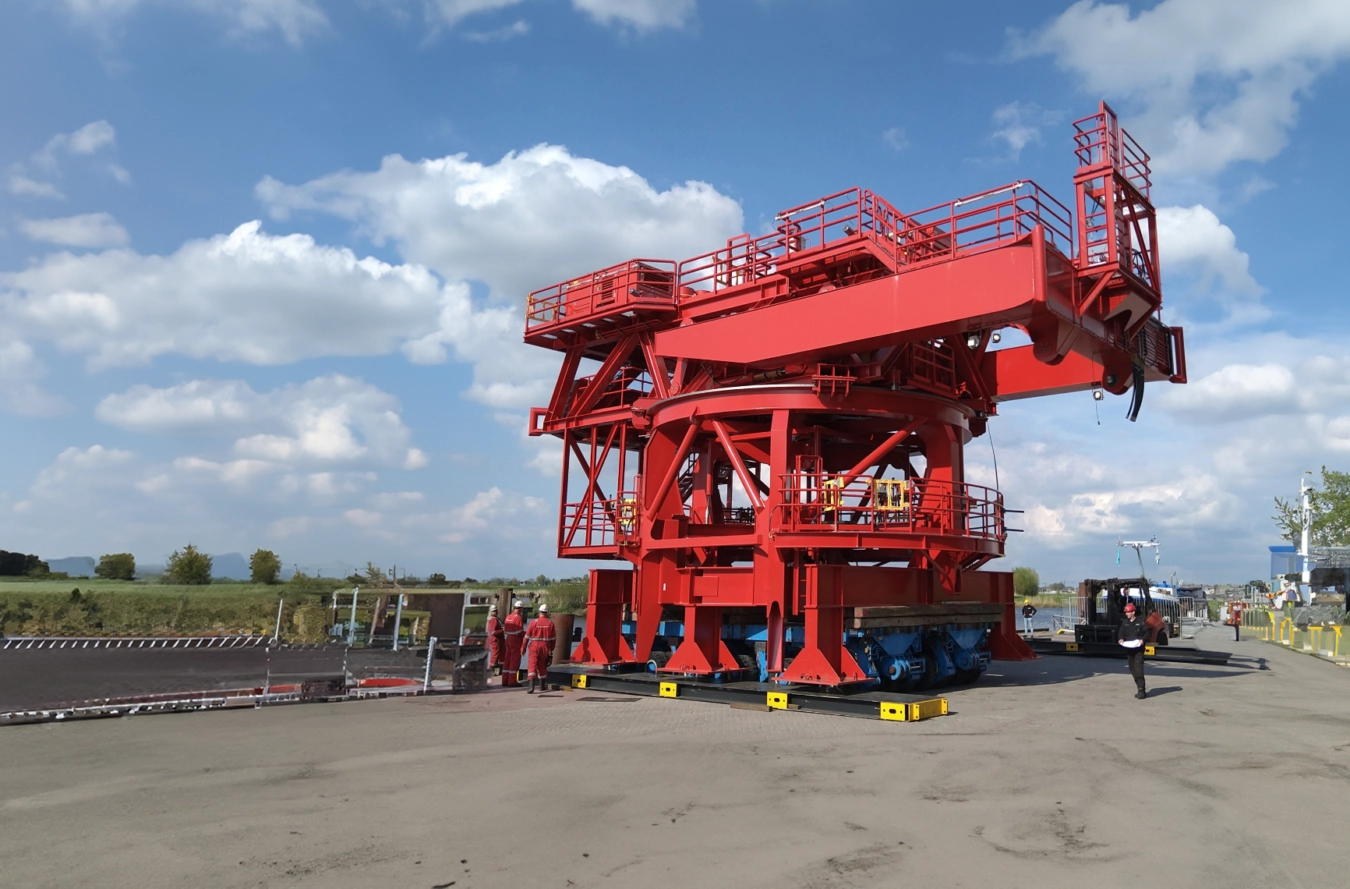
Secondary Steel Installation Tools
Read more
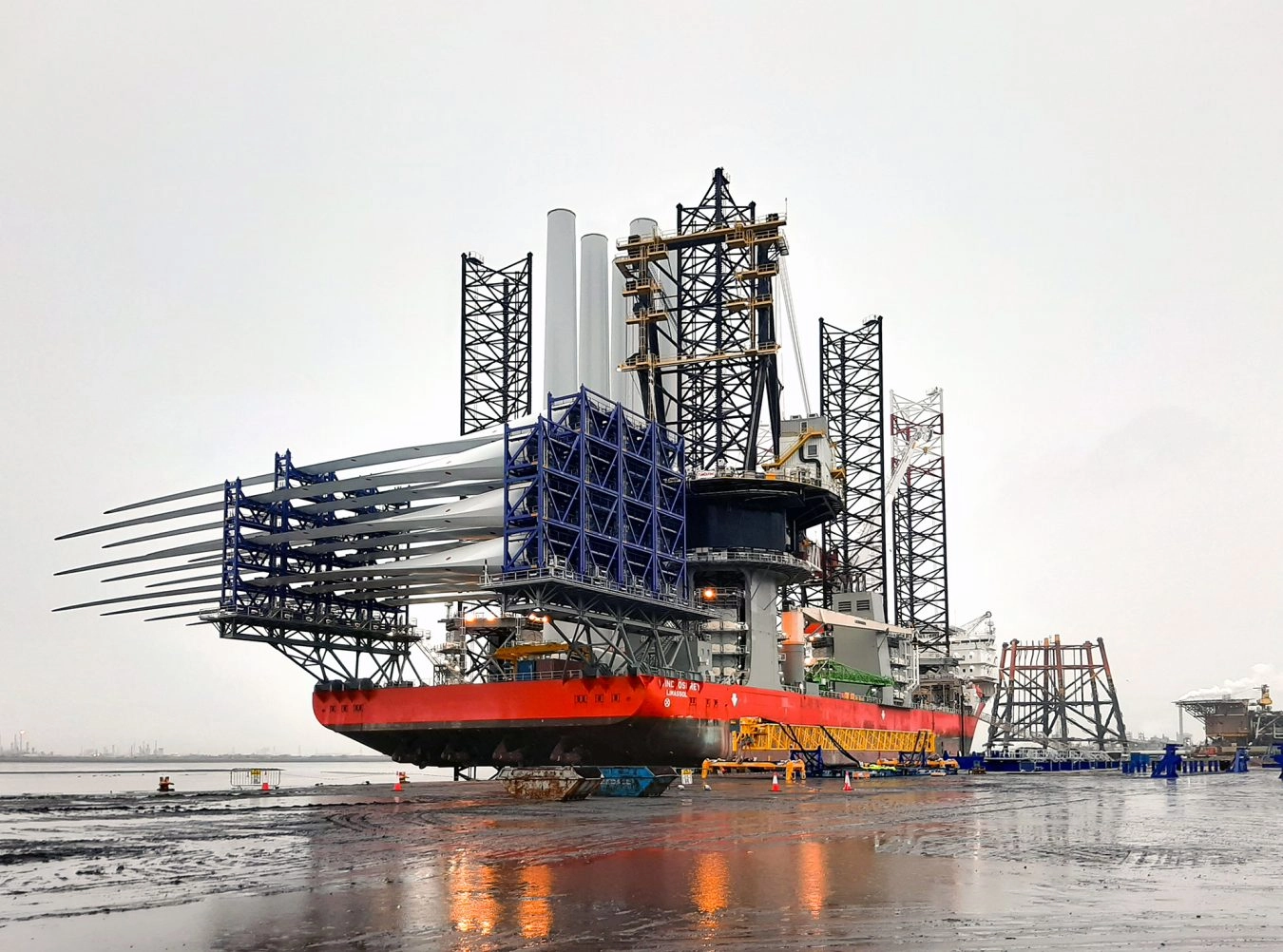
Wind Turbine Seafastening
Read more
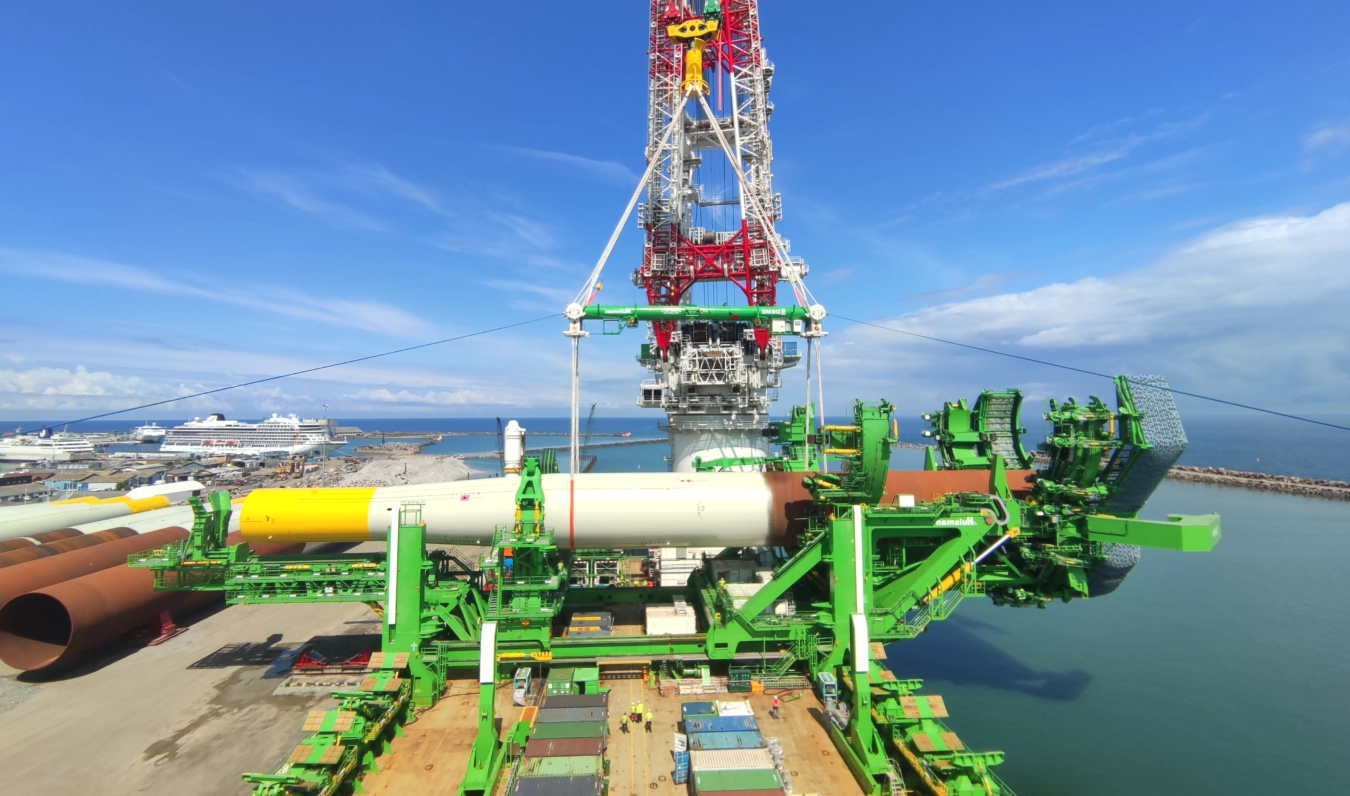
Monopile Seafastening
Read more
